"Gaining control over time" This has been an important goal since time immemorial. This explains why the Egyptians and Mesopotamians were already demonstrably concerned with measuring and determining time 4000 years ago.
- Time measurement means the measurement of relative time intervals. "How long does a certain activity take" or "I have a certain time interval available to complete a task".
Clocks that run during a certain time interval were suitable for this purpose. Initially, these were water clocks. Here, water ran drop by drop from a container through a tiny opening into a container below. The dwindling water level in the upper container provided information about the progress of time. When the container was empty, the corresponding time interval had expired.
The determination of time, on the other hand, is dedicated to the absolute determination of the time of day. This requires an absolute, temporal reference point. This absolute reference has always been provided by the sun or, more precisely, the position of the sun in the sky. Using a fixed rod in the ground or on a wall, the time could be displayed with the help of the shadow cast and an equally fixed timescale. This is simple but actually very accurate representation of the time of day describes the principle of the sundial.
Until the 14th century, there were few notable developments in time measurement and time measurement and time determination. Only the hourglass with its closed double-chamber system allowed a more compact and practical use of such a flow timer.
It was not until the 14th century that the introduction of the wheel clock ushered in a new era in timekeeping technology. The term wheel clock describes a large clock in which cogwheels transmit the movements and forces within a timekeeping system. The time is then displayed by one or more clock hands on a timescale. This principle is still used today in every modern mechanical clock. With such constructions, it was now possible for the first time to create a permanent independent of environmental influences (darkness, cloud cover).
The practical function of these watches, i.e. displaying the time, was the in the foreground. Due to their rarity, such clocks were almost always owned by a city, a church or a ruler. At that time, citizens were merely users of this technology. At the beginning of the 15th century, the spring drive was invented, making it possible to produce "mobile clocks" for the first time. These were initially pocket watches.
In 1812, the Swiss watchmaker Abraham-Louis Brequet produced the first known wristwatch for the Queen of Naples, Caroline Bonaparte Murat.
The watch manufacturer Audemars Piquet, founded in 1881, was the first watch manufacturer to produce watches in large quantities and thus for a broad market.
In 1904, Louis Cartier developed the first "wristwatch for men". It was a pilot's watch for his friend Alberto Santos Dumont. When piloting an airplane, a wristwatch had a major handling advantage over a pocket watch, which was difficult to read.
Up to this point, the wristwatch was a typical accessory for women. Until then, wristwatches were considered "feminine". Due to the practical advantages in aviation and its use in the First World War, the wristwatch increasingly became wearable for men too.
Another important milestone in the development of wristwatches was the first wristwatch with automatic winding. It was developed and built by John Harwood in 1922.
In 1926, Rolex introduced the "Oyster" model, the first waterproof wristwatch and thus made a significant contribution to improving the durability and practicality of wristwatches.
After the Second World War, in the 1950s, wristwatches also became popular with the public. Their design was primarily pragmatic. Reliability, accuracy and good readability, i.e. "practical functions" were still the main focus. The watches themselves were rather small and restrained in appearance.
In the 1960s, watches became larger, more elaborate and more magnificent in line with growing prosperity. And thus became more of an expression of the wearer's personality. Precious materials such as gold or elaborate surface finishes became increasingly important. Just like the symbolic power of the watch.
However, the wristwatch experienced its most revolutionary upheaval in the following decade, the 1970s. In line with the general zeitgeist (1968 movement, Cultural Revolution), watches became more innovative, more experimental and extraordinarily diverse.
The development of the digital watch was technically revolutionary. The Pulsar from the Hamilton brand was the first series-produced digital watch to be introduced in 1970. The first model cost well over DM 1,000 at the time and had a digital time display consisting of a matrix of tiny red LEDs. The time was displayed at the touch of a button and was limited to a few seconds. Nevertheless, the power consumption was so high that the built-in battery did not last long.
This was later followed by LCD technology, a much more energy-efficient display technology that was easy to read even in bright sunlight.
Such watches represented the start of a new era in which everything was to be different and better. The digital watch was a symbol of progress and innovation. "New people" embodied new values and surrounded themselves with new products.
At the time, mechanical watches were considered inaccurate, unreliable and, above all, backward. Quartz technology, which generally forms the basis of digital watches, seemed to completely oust mechanical watches from the market. In addition to digital quartz watches, there were also analog quartz watches, which scored points above all for their good readability, accuracy and simplicity.
In the 1980s, the variety of wristwatches increased dramatically once again. The watch became more and more an expression of lifestyle and personality. The market launch of the Swatch, the first Swiss-made quartz watch with a plastic case, fundamentally changed the meaning and symbolism of the wristwatch. It opened up a new market segment, namely that of the classless lifestyle watch.
The Swatch and its derivatives became a symbol of youthfulness, sportiness and modern, unconventional thinking. In general, the 1980s saw an increasingly playful approach to time and watches.
At the same time, new technologies such as solar technology found their way into the wristwatch. The Solar 1 model, which I was commissioned to design by Junghans became a symbol for new technologies and ecological thinking.
Shortly afterward, Junghans developed the first radio-controlled wristwatch, the Junghans MEGA, with my design colleague Hartmut Esslinger (Frog Design). With direct access to the authoritative time of the atomic clock in Braunschweig, the radio-controlled watch marked an important goal in the history of watchmaking: the achievement of "absolute rate accuracy".
Whenever such an absolute goal is achieved, it loses its appeal and becomes the norm. This was also the case with accuracy as an essential criterion for the quality of a wristwatch. The way was paved for a new value, which in this case was an existing one, namely the traditional art of watchmaking.
Mechanical watches and, in particular, automatic watches are experiencing a true renaissance. While quartz watches became cheaper and cheaper and more and more arbitrary in terms of design, status-conscious customers increasingly turned to mechanical watches.
Accuracy became less important. The symbolism of such a watch was much more important. The mechanical watch increasingly became a wearable status symbol.
In 2015, a new category of watches was added with the Apple Watch. Strictly speaking, however, smartwatches, as this new category is called, are not wristwatches in the traditional sense, but rather "wearable smart devices with a time display". Similar to the smartphone, which is actually not just a phone, but much more a "portable mini-computer with wireless internet access". There is currently a wide variety of functions and designs in the watch industry. On average, every German citizen owns 3.5 wristwatches, which are used depending on the situation.
Summary: In the past, time measurement and time determination were clearly at the forefront of watch development. The practical function, i.e. the representation of time, dominated the technology and design. Today, watches are much more an expression of personality and personal lifestyle. In an age of omnipresent time displays, the importance of measuring time is fading and the symbolic function is increasing to the same extent.
Watches have an outward effect ... (communication with the environment: "this is who I am" or "this is how I want to appear to the outside world") ... as well as an inward effect (the watch influences my perception of time and how I deal with time.) There is currently a recognizable trend towards unusual watches. The wristwatch has essentially become a mirror of the wearer's personality.
You can find a comprehensive analysis of this topic in my blog article: "The wristwatch as a mirror of personality - What does the watch say about its wearer?"

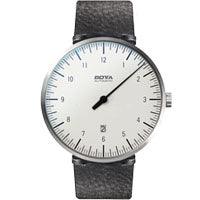
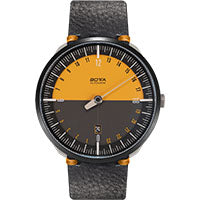
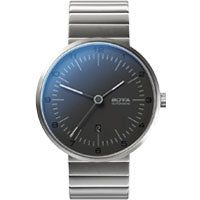
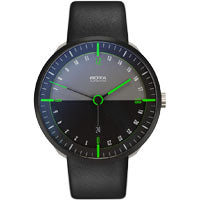
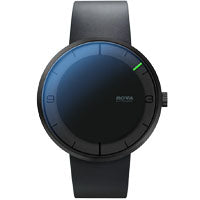
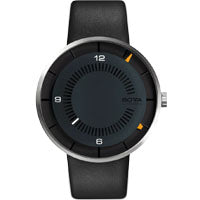
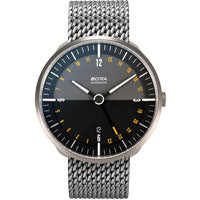
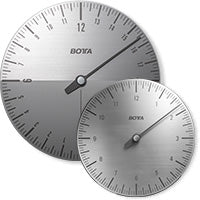
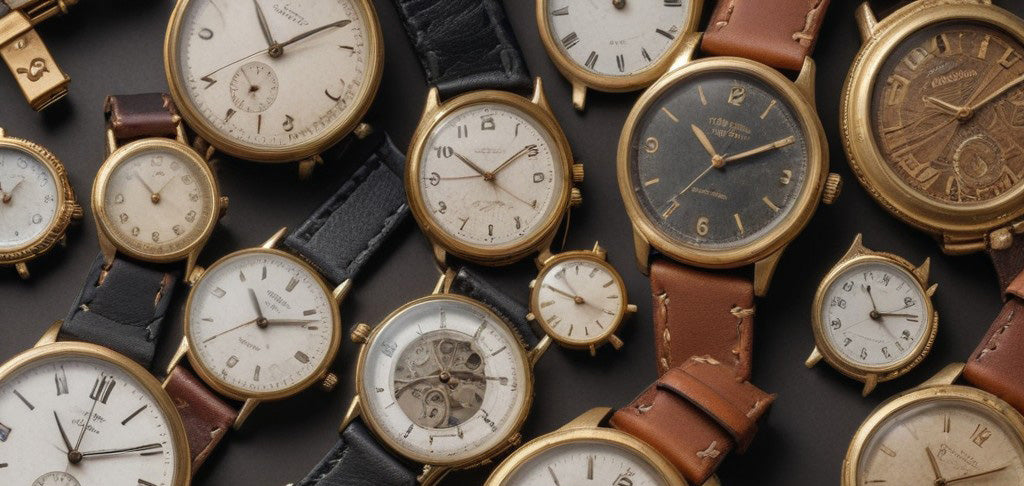

1 comment
Excellent compilation of the time and watch history. keep us posted. Thanks.